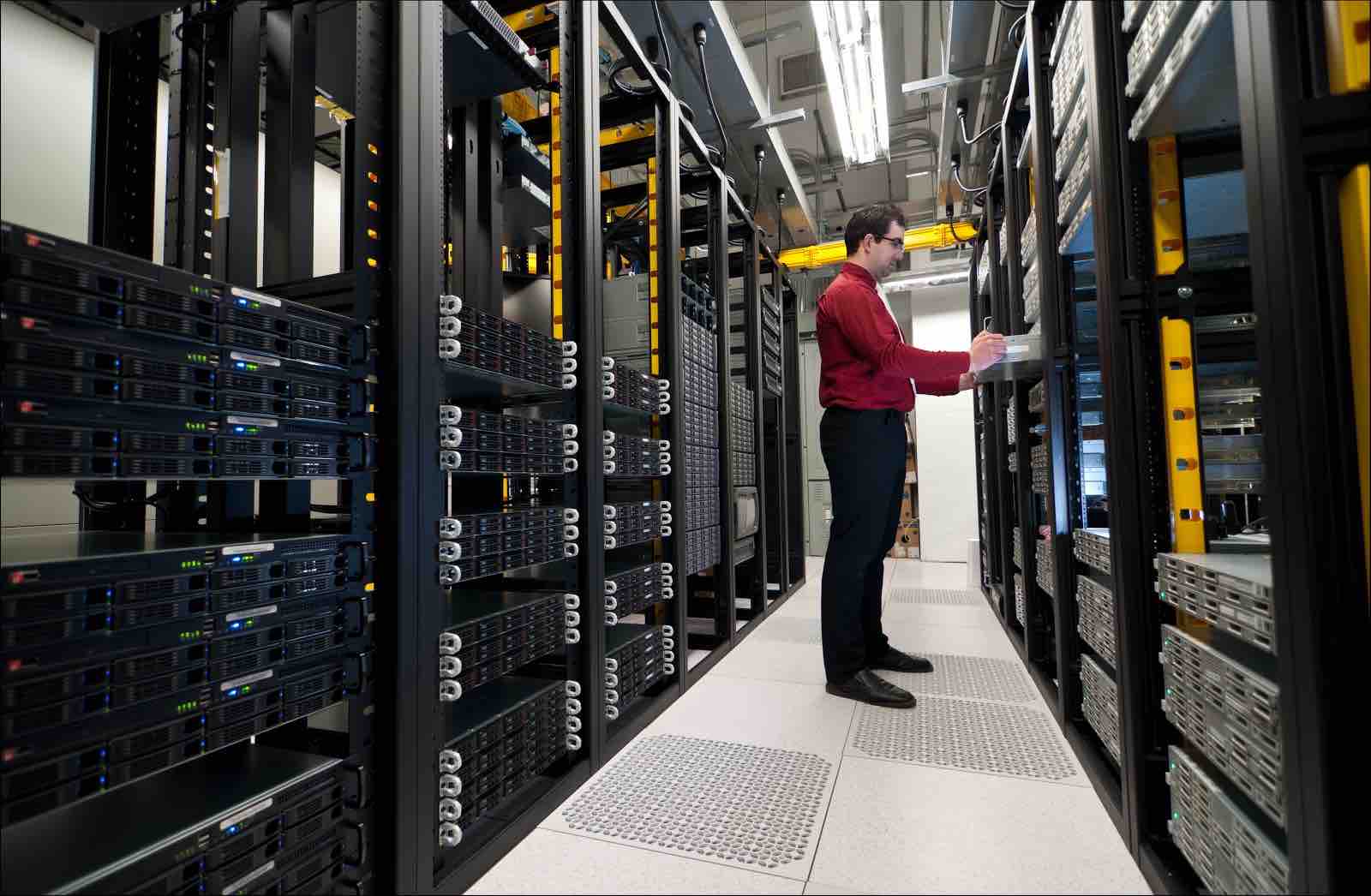Gradually over time, the virtualized desktop approach is becoming a key component to the workflow of remotely operating companies. Depending on which way businesses want to take- outsourcing a DaaS cloud solution or the DIY road, by supporting the whole technology on-premise, there will be different factors to consider in making the best possible decisions along the way. The final goal will always be making sure that your remote workforce is fully flexible and safe to operate from anywhere, anytime.
The whole market of desktop virtualization is expected to grow at the rate of 10.6% until 2026 by reaching the grandiose monetary value of 12 billion USD. This is a total estimate for both virtualization approaches cloud-based third party model and in-house servers and deployment. In previous blogs, we have discussed the difference between the two virtualization models in terms of the benefits and technicalities of both approaches. Today, we are focusing more on the journeywork and considerations that one needs to take when it comes to the DaaS technology and the DIY server’s approach.
What are your main considerations with both approaches?
Cost
This is the primary factor to take into account if you are willing to go down the desktop virtualization road. The DIY approach, compared to DaaS, can give you better governance over your IT architecture but at a much higher cost. If you are happy to invest in tools, process development, and technical staff to support your on-premise infrastructure, then you are guaranteed to make a long-term commitment to your ownership and maintenance. An investment like that can start from 35,000 USD and go much further depending on the servers and premises you agree to.
There are obviously different strategies and regional costs when it comes to the in-house approach so the cost may vary greatly from one country to another. However, one thing is certain, if you want to make sure that your virtualization approach serves its purpose, there needs to be continuous work, optimization, and performance evaluation in order to make sure that your investment is actually worth it. DaaS, on the other hand, lowers your expenditures vastly by eliminating all the support and administration costs while it gives your superior expertise and quality of the infrastructure with deployment.
Building Your Model
There are so many ways you can go if you decide to follow the DIY approach for your desktop virtualization technology. Nevertheless, we know from experience that regardless of the cost spending and expertise, in the initial stages of virtualization set-up IT staff often spend several months to integrate the entire stack. Then the testing stages follow with different numbers of users at a time, by increasing the number of users gradually over time. In the end, it could end up taking you over a year to have the whole approach put into practice with your employees. Common mistakes that companies make are to under or overestimate the number of users who will be using the virtualization infrastructure. This results in scalability, delay, and big cost-spending issues. In the best-case scenario with the DIY approach, you get your infrastructure up and running within 9 to 12 months and it is all contained within a single data center, quite likely remote from some if not all of your employees. This leads to downtime issues and inefficiencies you generally want to avoid with either approach.
When it comes to DaaS (Desktop-as-a-Service), which is also coined as the SaaS-based desktop model on a public cloud, there wouldn’t be any issues with regard to project implementation and end outcomes of the whole set-up. Your vendor should ideally provide you with a range of options to choose from based on your application, security, or IT management needs. The majority of the hardware set-up is already assembled in the data centers of the provider but additional configurations can be made so that the business meets their compliance or general operational standards in their industry. The IT personnel that is looking after a bespoke migration and deployment project like that are normally experts in the field and understand the ins and outs of the whole process.
The DaaS approach on the cloud
It is clear even just looking at the technical aspects of both approaches that the in-house set-up is a lot more labor-intensive and risky if you rely so much on the final outcome of a big DIY project like that. Companies that invest in on-premises infrastructure typically have a mobile workforce from more than one geographical limitation and this model can pose some limitations with finding skilled workers that are situated too far from your data center. This is why DaaS presents a better alternative to businesses operating remotely, regardless of the size and the budget capabilities.
If you need more information regarding we-IT’s virtualization approach or DaaS, feel free to contact us with your inquiries!






